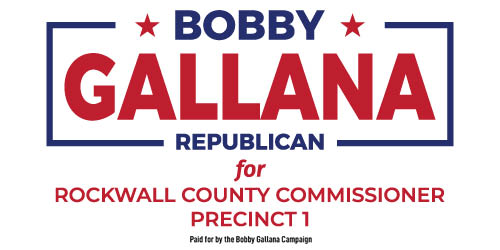ROCKWALL,TX. (June 24, 2015) Let’s talk about history. No, wait. Don’t go away just yet. You don’t want to miss this, because you probably played a role in this story. It’s the story of how we worked together to make Rockwall a better place for all of us, including our pets.

After I was invited to speak at a recent meeting of the Kiwanis Club of Rockwall, I realized how few of us – even after all these years – knew the whole story. I could see the eyebrows rise when I repeated a quote that appeared on the NoKillNews.com web site in 2012: “Rockwall may just be the safest place in the United States for a homeless cat or dog.”
This is the story of how that “safest place” came to be.

Our story begins early in 2005 at the Rockwall City Service Center, the location of the old animal shelter – a glorified tin shack. It’s located adjacent to the police department’s firearms practice range as well as the fire department’s “burn house,” a structure that’s often set ablaze to provide realistic fire training.
If you’re a homeless pet in Rockwall in 2005, the odds are stacked against you. A trip to the shelter means you’re held hostage in a substandard building with minimal protection from the elements. You’re listening to gunshots and inhaling clouds of smoke that drift over from
the burn house. And, by the way, only 46% of your fellow homeless pets make it out of the shelter alive in 2005. That’s why you’re pretty scared if you’re a homeless dog or cat.

Fortunately, a new shelter is part of a bond package placed before Rockwall voters later that year. Other parts of the bond package include building John King Boulevard, upgrading four city parks, repairing roads and drainage systems and constructing two new fire stations. If you voted in the 2005 bond election, you made all of this a reality. A proposal to spend $2.7 million on a new animal shelter fails, but voters approve the transfer of $1.3 million in unused road funds to build a new shelter.
Even though construction of the new shelter begins in 2007, the problems are far from solved. The original construction design calls for fewer kennels than the old tin shack, so we begin lobbying for more space for homeless pets.
Things are looking up once the new shelter opens in the summer of 2008. All of us flock to

see the new building, and we adopt a pet or two while we’re there. As a result, 53% of the homeless pets leave the shelter alive in 2009, up sharply from the 46% saved in prior years.
As usual, the newness wears off by the following year. By May 2010, the number of pets getting out of the shelter alive falls to 48%. Shelter volunteers decide to take action, and a comprehensive adoption and marketing effort centered on the website RockwallPets.com debuts in June 2010. Volunteers begin promoting individual

shelter pets in local media, and they take adoptable pets to the Rockwall Petco each week.
The community responds once more. By April 2011, just ten months after the campaign begins, the shelter is saving 86% of the pets that enter its doors. The Rockwall city council takes note that the number of homeless pets saved has risen from 48% in June 2010 to 86% in April 2011 and opts for further action. The council votes unanimously in August 2011 to set a minimum 90% lifesaving goal for the shelter.

The community responds enthusiastically, and during August 2011, 97% of the pets in the shelter are saved. That level of success has been maintained to this day. Rockwall went from a dilapidated shack to the “safest place in the United States for a homeless cat or dog” in only three years.
But that’s not the end of the story. The homeless pets aren’t the only beneficiaries of this community-wide effort. The citizens of Rockwall have received many benefits from having one of the most admired animal shelters in the nation. That’s why, in part two, we’ll talk about money. Yes, it turns out that saving those homeless pets has created a new economic engine in Rockwall. The homeless pets of Rockwall are smiling, and you should be too.
Story and photos by Blue Ribbon News guest columnist Michael Kitkoski, co-founder of Rockwall Pets and No Kill Solutions.
To share your good news and events, email editor@BlueRibbonNews.com.
Please click here to LIKE our Facebook page, so we can reach more people with good news like this!





